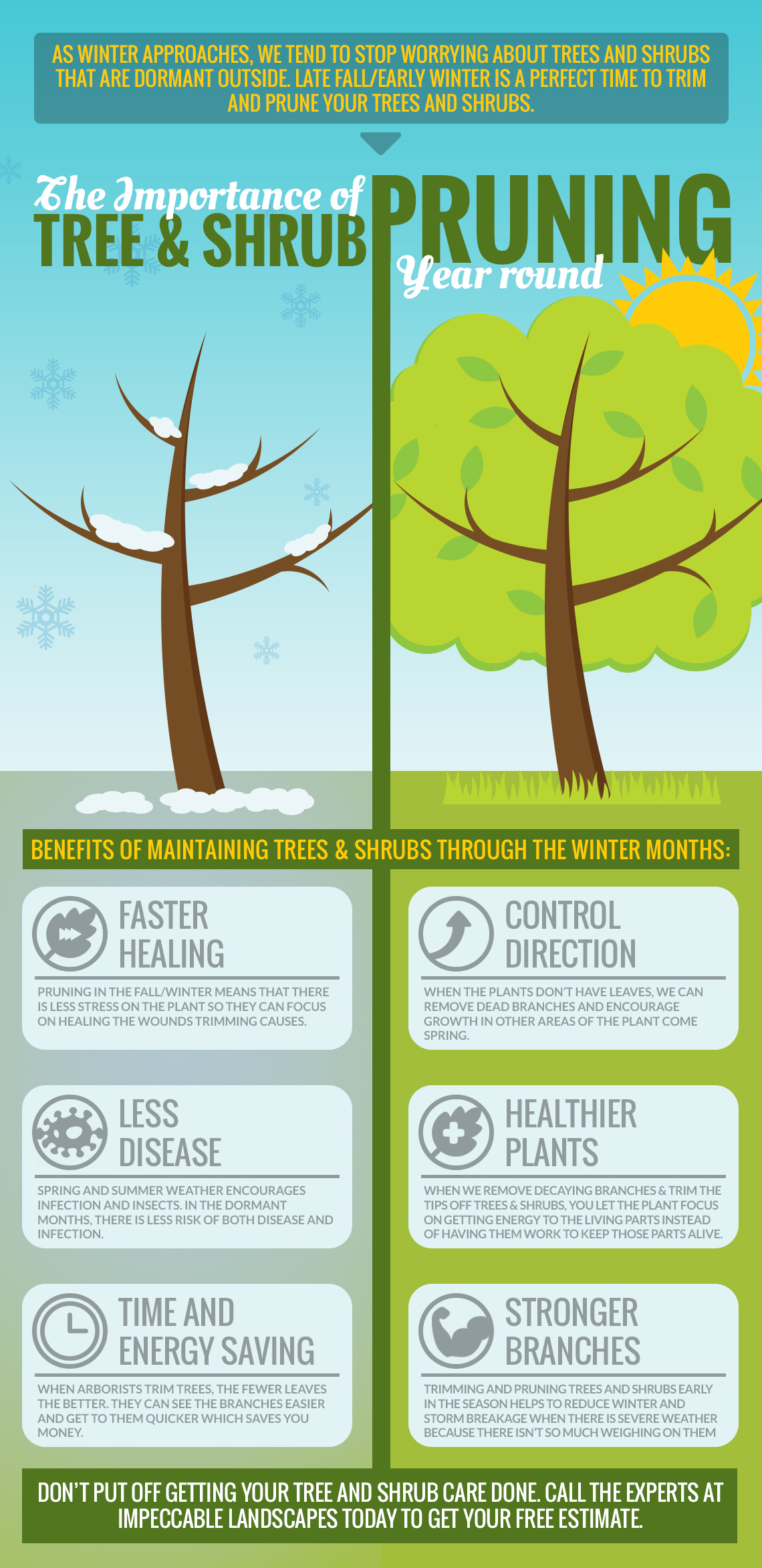Tree Elimination Aftercare: Best Practices For Landscape Recuperation
Tree Elimination Aftercare: Best Practices For Landscape Recuperation
Blog Article
Authored By-Graham Cochrane
After a tree's elimination, your landscape might look rather various, and it's necessary to evaluate the aftermath meticulously. You'll wish to assess the soil disturbance and inspect bordering plants for any type of indicators of stress. Ignoring these variables can bring about larger troubles down the line. So, what should you finish with those stumps and roots? And just how do you choose the very best plants for your rejuvenated space? Allow's explore these vital steps.
Evaluating the Consequences: Examining Your Landscape
After a tree removal, it's crucial to assess your landscape to comprehend the effect it carries your lawn.
Start by taking a look at the area where the tree stood. Seek indicators of dirt disturbance, and check the bordering plants for any kind of stress or damages.
You need to additionally remember of exactly how the removal has changed sunshine direct exposure and air movement in your garden. This shift can impact the development of neighboring plants, so it's vital to evaluate their wellness.
Think about the visual elements too; the elimination could develop an open space that you can upgrade.
Ultimately, think of any prospective disintegration problems that might occur from the tree's lack. Attending to these variables early will assist recover balance to your landscape.
Managing Stumps and Roots: Choices for Elimination
As soon as you've analyzed the aftermath of the tree elimination, you'll likely need to take on the stump and origins left.
You have a few options for elimination. One reliable technique is stump grinding, where an expert utilizes a device to grind the stump down to below ground level. This method leaves marginal disruption to your landscape.
If you choose a do it yourself approach, you can use a mix of excavating and chemical stump eliminators. Just remember, When Is The Best Time To Prune Trees can take time and initiative.
Conversely, take into Helicopter Trimming Trees leaving the stump as a natural attribute, which can act as an unique yard component or environment for wildlife.
Whatever you choose, attending to the stump and roots is important for restoring your landscape.
Picking the Right Plant Kingdoms for Your New Space
As you evaluate your freshly cleared area, choosing the right plants can dramatically boost your landscape's beauty and functionality.
Beginning by thinking about the sunlight and soil problems. For bright locations, select drought-resistant plants like lavender or succulents. In shaded areas, ferns and hostas prosper well.
Consider the size and growth habits of your plants; mix perennials and annuals for seasonal variety. Don't neglect to integrate indigenous species; they need less maintenance and assistance regional wild animals.
Group plants in weird numbers for a much more natural look and create layers for aesthetic depth.
Lastly, guarantee you have a mix of colors and appearances to maintain your landscape lively throughout the periods.
Satisfied growing!
Conclusion
Finally, recovering your landscape after tree removal is a rewarding procedure. By evaluating the aftermath, attending to stumps and origins, and picking the right plants, you'll produce a flourishing environment. Don't forget to integrate disintegration control steps to protect your soil. With a little effort and treatment, you can transform your room into a vivid garden that improves your home. Embrace the opportunity to rejuvenate your landscape and appreciate the appeal of nature right in your backyard!
